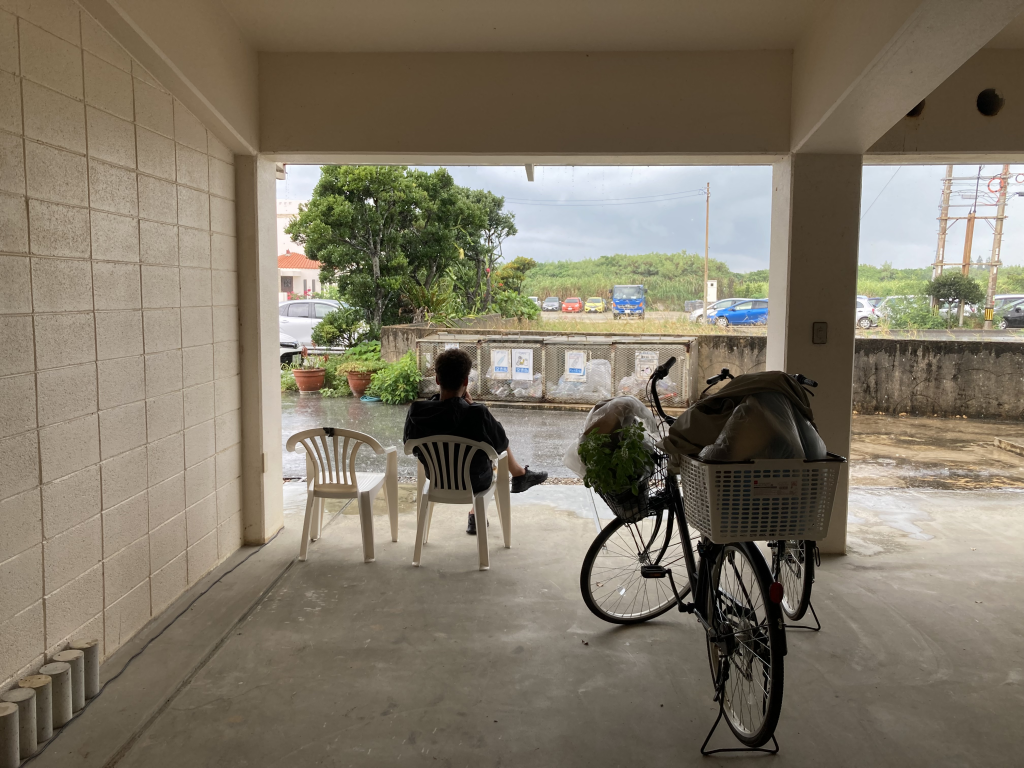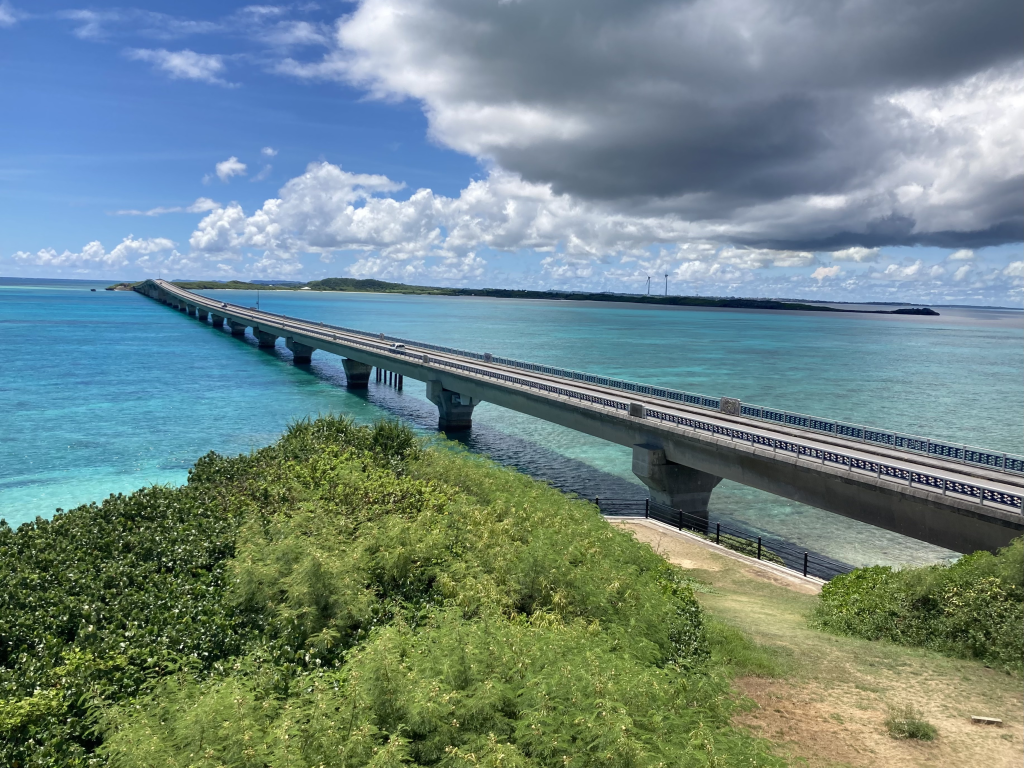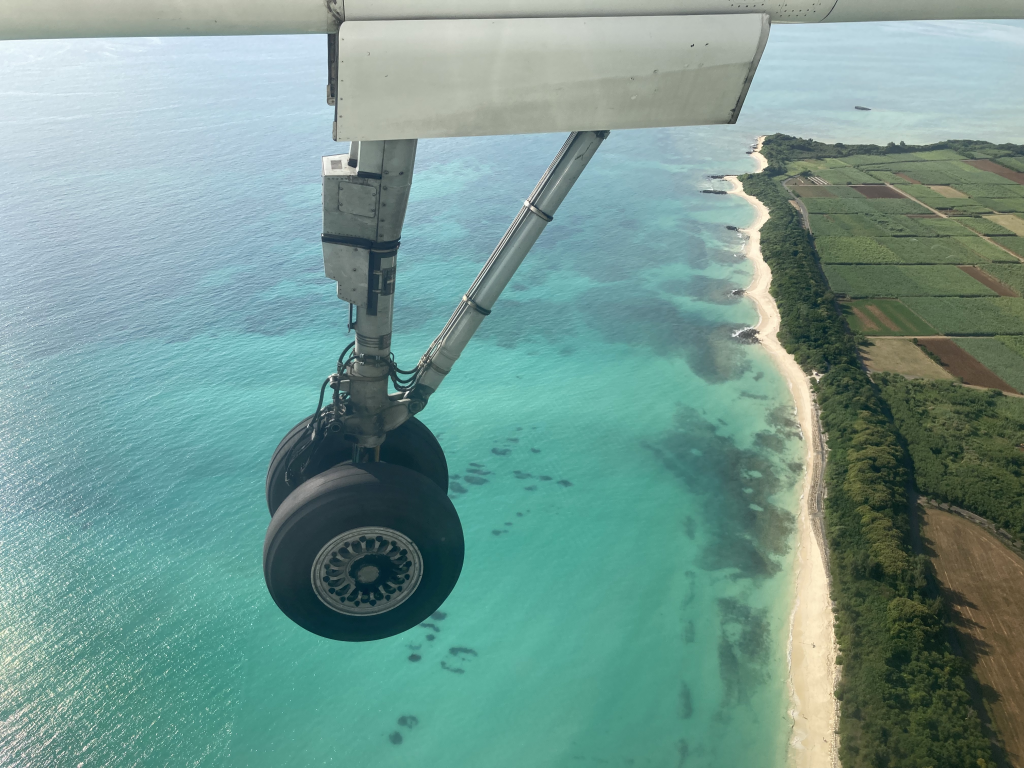by Ngo Tu Thanh (Frank Tu)
National politicians play an essential role in the making of rural revitalization policies. However, their competing demands for limited resources can lead to conflicting priorities. Through interviews with Diet members in Tokyo, I found that politicians’ responsibilities include establishing directions for rural revitalization, revising laws and debating the effectiveness of particular policies. They can also use their influence to shape proposals from the Cabinet Office and relevant ministries. Studies by McElwain (2012) and Sasada (2013) suggest that rural areas tend to be overrepresented in the Japanese Diet. The large number of rural representatives might lead to fierce competition between politicians at the national level, who try to procure more funding and policies favorable to their constituencies, given that municipalities prioritize different revitalization strategies based on their specific needs.

The office where I conducted an interview with a Diet member in Tokyo
Copyright © Ngo Tu Thanh 2022
Leading and opposition parties in Japan have many conflicting interests when it comes to rural revitalization policies. A Diet member from the Constitutional Democratic Party (CDP) strongly criticized the ruling Liberal Democratic Party’s (LDP) approach to rural revitalization in our interview. Unlike the LDP, he and his party emphasize the importance of a bold immigration policy to revitalize rural areas. However, this puts the CDP at odds with the LDP, which has traditionally been conservative on immigration policy to appeal to older voters who tend to be more conservative. My interview partner’s criticism of the LDP is especially aimed at the Technical Intern Training Program (gaikokujin ginōjisshū seido) that recruits immigrant workers to compensate for the lack of labor in rural areas and at the LDP’s lacking vision to attract and retain foreign talent from other Asian countries. He believes that the LDP’s reliance on cheap labor is hindering rural revitalization efforts.
He also criticizes the LDP’s current policies, which tend to provide a large amount of funding for public works which are not effective in revitalizing rural areas. Overinvestment in public works has resulted in the construction of unnecessary infrastructure, such as bridges and roads, which do not directly address the underlying economic and social issues facing rural areas. This practice is often referred to as pork-barrel politics. Pork-barrel politics is a recurring theme throughout my fieldwork at all three levels of government. This type of politics involves politicians using their power and influence to bring government money and projects to their own districts or states, regardless of whether those projects are necessary or not, to win over voters.

The construction of new roads and bridges has been criticized as pork-barrel politics
Copyright © Ngo Tu Thanh 2022
This interview with a member of the national diet highlights the tensions between the ruling party and opposition parties over how to revitalize rural areas. In addition, research on political behavior indicates that politicians are often motivated by self-interest, which is most importantly to win elections (Callander 2008; Fredriksson et al. 2011). This view is also supported by bureaucrats involved in rural revitalization at the Cabinet Office I have interviewed. One of my interview partners said that politicians are more concerned with campaigning than with legislation. In some cases, politicians may not prioritize rural development but still feel the need to present themselves as doing so and tend to make empty promises before elections and neglect them after getting elected. This election-focused behavior creates a void for other policy actors, such as bureaucrats and interest groups to step in.
In conclusion, conflicting interests among politicians can hinder effective policymaking for rural revitalization in Japan. The competition for limited resources can result in pork-barrel politics and overinvestment in public works projects that do not address the underlying economic and social issues facing rural areas. Moreover, politicians’ self-interest and election-focused behavior allow other policy actors to step in. In my PhD thesis, and upcoming blog posts, I will also explore the interactions between politicians with policy secretaries, bureaucrats and interest groups.
References
Callander, Steven. 2008. “Political Motivations.” Review of Economic Studies 75: 671–97.
Fredriksson, Per G, Le Wang, and Khawaja Mamun. 2011. “Are Politicians Office or Policy Motivated? The Case of U.S. Governors’ Environmental Policies.” Journal of Environmental Economics and Management 62 (2): 241–53.
McElwain, Kenneth. 2012. “The Nationalization of Japanese Elections.” Journal of East Asian Studies 12: 323–50.
Sasada, Hironori. 2013. “The Impact of Rural Votes in Foreign Policies: The FTA Policies under the DPJ Government in Japan.” Asian Journal of Political Science 21 (3): 224–48.








































